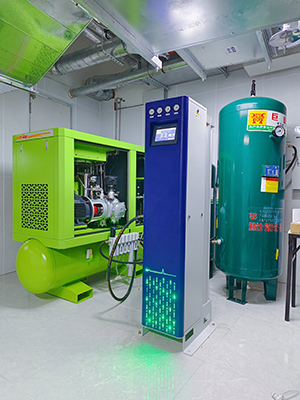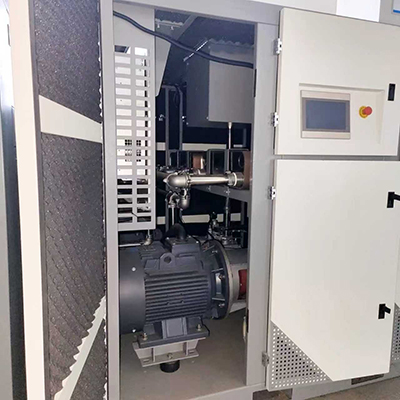Rotary Screw Air Compressor User Manual Key Points
News 2025-10-24
Rotary screw air compressors are essential components in industrial settings, utilizing two interlocking helical screws to deliver a steady stream of compressed air. This technology stands out for its ability to operate continuously with minimal vibration, making it a preferred choice for demanding environments where reliability is paramount. Understanding key aspects of their use and maintenance can significantly enhance operational efficiency and longevity.

Common Applications
In various industries, rotary screw compressors power pneumatic tools in manufacturing plants, support spray painting and assembly lines in automotive sectors, and facilitate packaging processes in food production. Their robust design allows them to handle high air demands efficiently, reducing downtime in critical operations such as construction sites and pharmaceutical manufacturing, where consistent air supply is vital for precision and safety.
Performance Benefits
These compressors excel in energy efficiency, often consuming less power than alternatives while maintaining high output levels, which translates to cost savings over time. They provide smooth, pulsation-free air delivery that ensures equipment operates without interruptions, and their compact build minimizes space requirements. Additionally, advanced models feature variable speed drives that adapt to load changes, optimizing performance and extending the unit’s service life in rigorous applications.
Maintenance Essentials
Regular upkeep is key to preventing breakdowns and ensuring peak performance. This includes routine checks of oil levels and filters to avoid contamination, as well as inspecting belts and couplings for wear. Adhering to scheduled maintenance intervals helps maintain efficiency and safety, with simple tasks like draining condensate and monitoring pressure settings playing a crucial role in sustaining the compressor’s reliability over years of use.
Role in Industrial Efficiency
By delivering a dependable source of compressed air, these units drive productivity in automated systems and machinery across sectors. They enable precise control in processes like material handling and CNC machining, contributing to higher output and quality. Moreover, their design supports sustainable practices through reduced energy use, helping industries meet environmental standards while boosting overall operational effectiveness in competitive markets.


